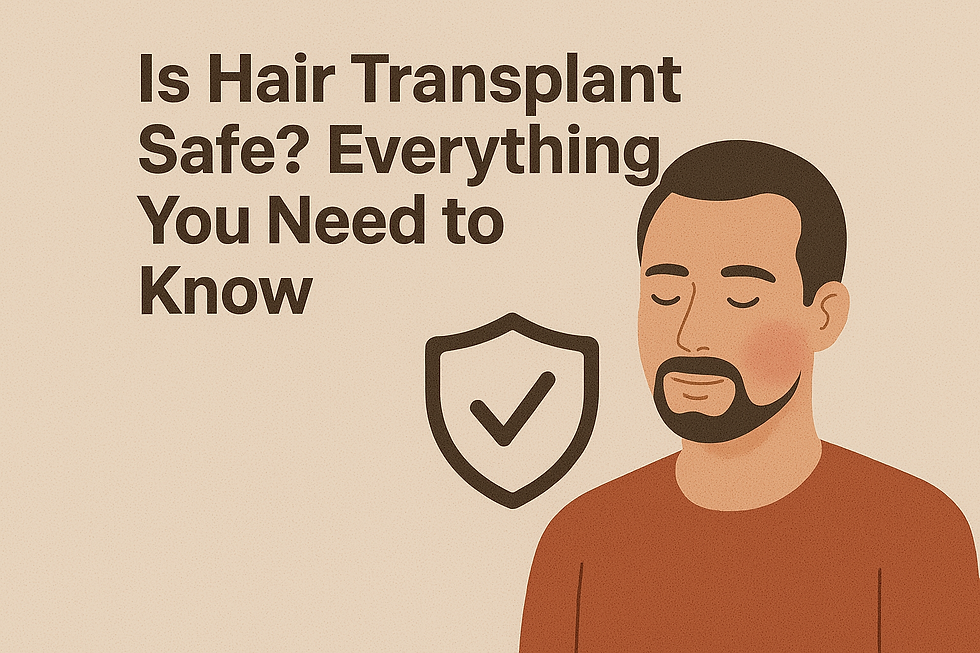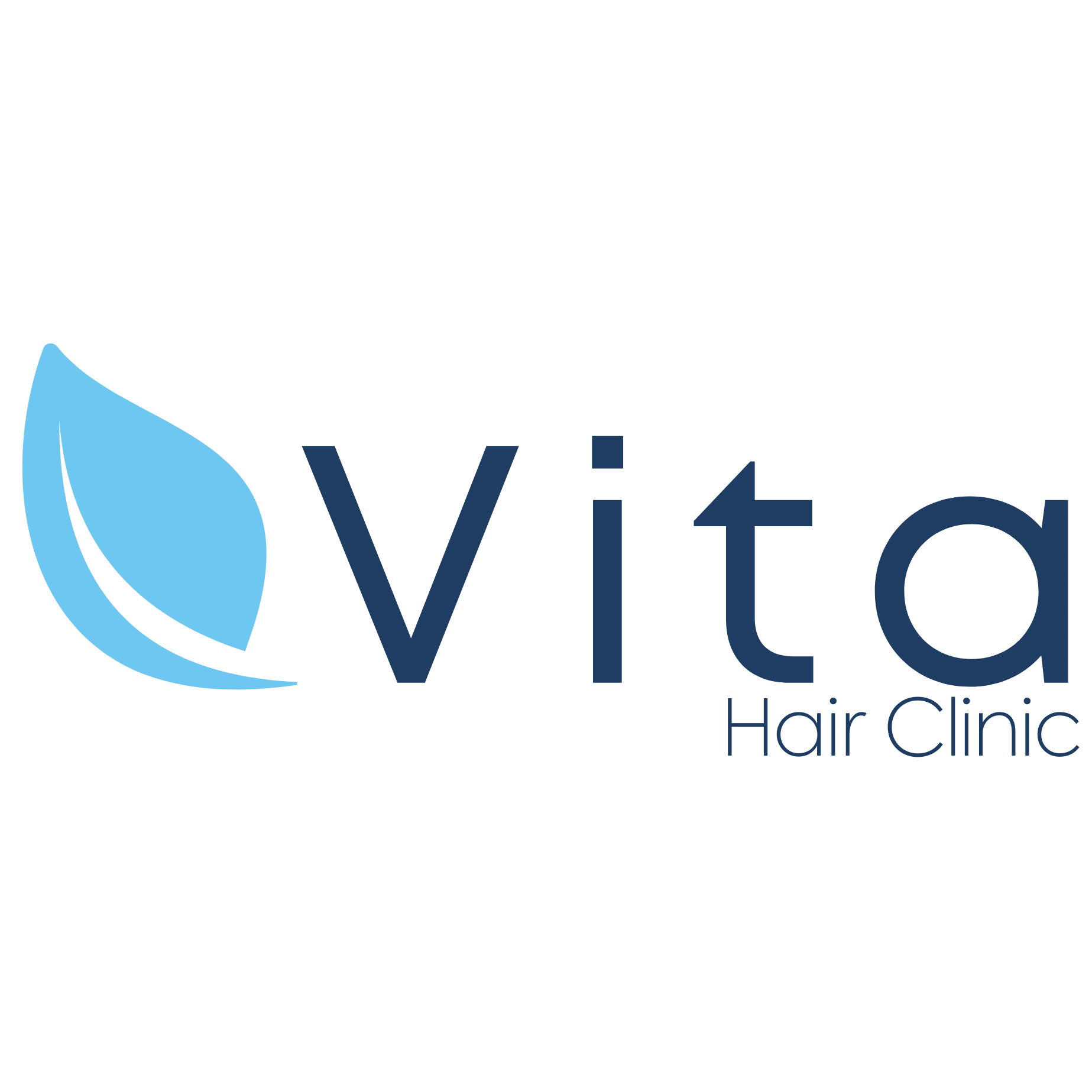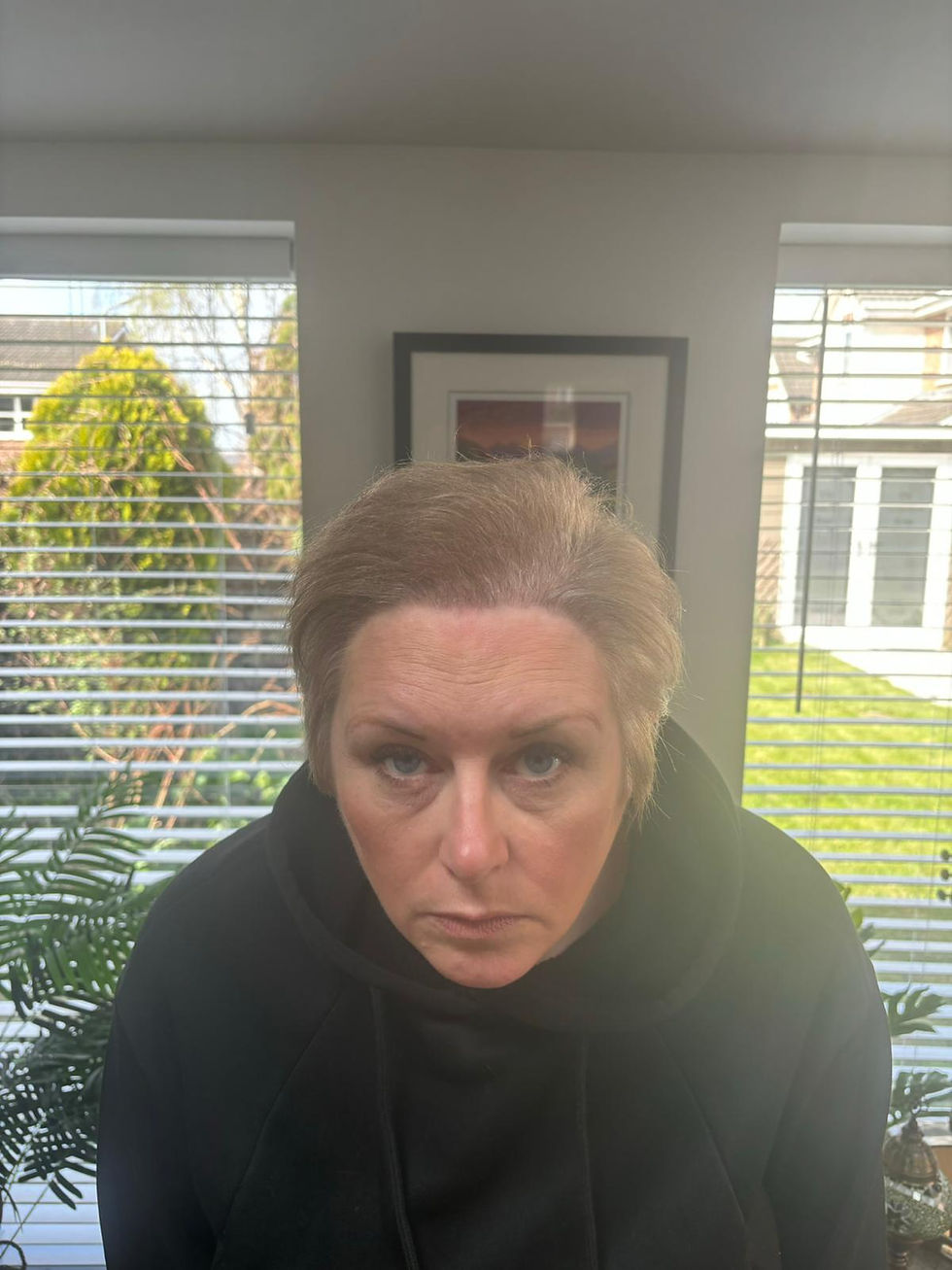Is Hair Transplant Safe? Everything You Need to Know
- Vita Hair Clinic

- Sep 11, 2025
- 6 min read

Hair transplant has become a leading solution for those facing hair loss, offering a chance to restore natural hair growth. Many ask, is hair transplant safe? Understanding hair transplant safety is crucial before committing to the procedure.
Knowing potential risks and setting realistic expectations about results helps you make an informed decision. Hair transplants can provide lasting improvement, but awareness of possible complications ensures you are prepared for the journey ahead.
For instance, it's common to wonder do transplanted hairs fall after a hair transplant, which is an important aspect to understand. This article explores everything you need to know about safety aspects, helping you approach your hair restoration confidently and with clear knowledge.
If you're considering a hair transplant, exploring options like the DHI hair transplant in Turkey could be beneficial. It's also essential to address concerns such as is hair transplant painful, which can greatly affect your decision-making process.
Assessing the Safety of Hair Transplants
When asking is hair transplant safe, the answer depends largely on the surgeon's expertise and clinic standards. Hair transplant risks remain low when performed by qualified professionals like those at Vita Estetic.
Common Hair Transplant Side Effects
Common hair transplant side effects include:
Infection: Rare with proper sterile technique but possible if aftercare is neglected
Bleeding: Minimal and usually controlled during the procedure
Scarring: Small, often hidden scars depending on technique (FUE vs. FUT)
Temporary numbness and swelling: Normal reactions that typically resolve within days
For more detailed information, you can read about hair transplant side effects which also includes tips on how to combat them.
Healing Timeline
Healing follows a predictable timeline:
Initial redness and scabbing clear up in about 7–10 days
New hair growth becomes noticeable from 4 months onward
Improvement continues up to 18 months
Understanding this recovery process helps set realistic expectations for your journey.
Choosing a Qualified Clinic and Surgeon: The Key to Safety
Selecting a reputable clinic in Turkey with a strong commitment to doctor-led care is crucial when asking, is hair transplant safe? Clinics like Vita Estetic in Istanbul stand out due to their ethical practices and highly experienced specialists.
Look for key credentials such as:
Board certification of the surgeon
Registration with relevant medical boards
Transparent patient care protocols
The involvement of an experienced surgeon like Dr. Kinyas ensures personalized attention throughout your journey.
His direct participation in every procedure significantly reduces risks and enhances patient satisfaction by tailoring treatments to individual needs. Trust built on expertise makes all the difference in safety and results.
Understanding Risks vs. Benefits of Hair Transplants
When considering a hair transplant, it's essential to weigh the risks versus the benefits, which often hinge on the type of hair loss you have.
This procedure offers permanent solutions for hereditary baldness, where transplanted follicles continue to grow naturally. For a deeper understanding of how this process works, including donor sources and effective solutions for hair loss, you can read more about how a hair transplant works.
However, in cases of hair loss from medical conditions like alopecia areata or certain scalp diseases, the success rate of transplants may be lower. Therefore, understanding your specific condition is crucial.
For instance, exploring the Norwood Hair Loss Scale can provide valuable insights into the stages of male pattern baldness and help you understand your hair loss better.
The benefits of hair loss treatment include:
Natural-looking results that blend seamlessly with your existing hair.
A significant boost in confidence and self-image, restoring a youthful appearance.
It's important to manage expectations as well. Complications such as uneven growth or temporary shock loss can occur but usually resolve with proper care.
Additionally, it's worth noting that hair transplants are typically not covered by insurance, with some exceptions for medical cases. Understanding these factors helps you make an informed decision about your hair restoration journey.
Patient Experience and Real Results at Vita Estetic
At Vita Estetic, we believe that every successful hair transplant journey begins with a comprehensive consultation.
During this initial meeting, our experienced doctor, Dr. Kinyas, will carefully assess your unique hair loss patterns and engage in open discussions about personalized treatment plans tailored specifically for you.
Our Commitment to Transparency
We understand that undergoing a hair transplant procedure can be a significant decision, and it's natural to have questions and concerns along the way.
That's why we prioritize transparency throughout the entire process. We want you to have a clear understanding of what to expect at each stage, from the initial evaluation to the post-operative care.
Setting Realistic Expectations
While we strive to achieve the best possible results for our patients, we also believe in setting realistic expectations.
Hair restoration is a gradual process, and individual outcomes may vary based on factors such as genetics and overall health. Our goal is to provide you with honest information about potential results so that you can make informed decisions about your treatment.
Typical patient journey includes:
Initial evaluation and tailored hairline design
Doctor-led harvesting and transplantation of follicles
Detailed post-op instructions and regular follow-ups
Showcasing Real Results
We take pride in the transformations our patients have achieved through our hair transplant procedures. Our before-and-after photos serve as a testament to the effectiveness of our techniques and the skill of our team.
These images showcase real results—natural-looking density and restored hairlines that blend seamlessly with existing hair.
"I was nervous about is hair transplant safe? but Vita Estetic’s care made me confident every step of the way." – Patient testimonial
Trustworthiness Through Patient Stories
Trust is an essential element in any medical practice, especially when it comes to cosmetic procedures like hair transplants. At Vita Estetic, we understand the importance of building trust with our patients.
Many patient stories reflect high satisfaction with both results and the clinic’s ethical approach. We believe that these testimonials speak volumes about our commitment to providing quality care and delivering on our promises.
Postoperative Care and Ensuring a Smooth Recovery
Proper post-operative care hair transplant is crucial for the success of your procedure and minimizing risks like infection, bleeding, or excessive swelling.
Vita Estetic provides detailed instructions that include:
Keeping the scalp clean with gentle washing techniques
Avoiding direct sun exposure and strenuous activities for at least a week
Using prescribed medications such as antibiotics or anti-inflammatories as directed
Sleeping with head elevated to reduce swelling
The healing process hair transplant usually involves an initial recovery phase lasting about 3–7 days, during which redness and tenderness gradually subside.
New hair growth becomes visible within 4 to 18 months, varying by individual factors. Strict adherence to your surgeon’s advice ensures optimal healing and long-lasting, natural results.
Conclusion
Understanding is hair transplant safe? involves recognizing that safety and success depend heavily on your choice of clinic and surgeon.
You can maximize your chances of a positive outcome by focusing on these safe hair restoration tips:
Conduct thorough research about clinics and surgeons, prioritizing those with verified credentials and transparent practices.
Choose ethical, doctor-led clinics like Vita Estetic, where experienced specialists such as Dr. Kinyas personally oversee each procedure.
Set realistic expectations about the results and possible risks to avoid disappointment.
Hair transplants offer a permanent solution for suitable candidates, especially those experiencing hereditary hair loss. When performed correctly, you can expect natural-looking results that restore not only hair but also confidence.
Patient stories from reputable clinics demonstrate that with the right care—from consultation through postoperative recovery—you can safely achieve the desired transformation.
Understanding the healing timeline and following medical advice closely play a crucial role in minimizing complications.
Is hair transplant safe conclusion: Yes, it is safe when approached responsibly.
Your safety starts with making informed decisions about where and how you undergo treatment.
Trustworthy providers prioritize transparency, ethics, and patient well-being above all else. This approach ensures you receive effective, lasting results without unnecessary risks.
FAQs (Frequently Asked Questions)
Is hair transplant safe and what should I know before undergoing the procedure?
Hair transplant is generally safe when performed by qualified surgeons. It's important to understand the safety concerns, set realistic expectations about results and risks, and choose an experienced clinic to ensure a successful outcome.
What are the common risks and side effects associated with hair transplants?
Common side effects include infection, bleeding, scarring, temporary numbness, and swelling. These are typically manageable and part of the normal healing process when surgery is done by skilled professionals.
How do I choose a qualified clinic and surgeon for my hair transplant?
Selecting an ethical clinic with experienced specialists is crucial. Look for credentials such as board certification and medical board registration. Clinics like Vita Estetic in Istanbul, led by experienced surgeons like Dr. Kinyas who provide personalized care, exemplify high standards in patient safety.
What are the benefits of hair transplants compared to the risks involved?
Hair transplants offer permanent solutions for hereditary baldness with natural-looking results that can boost confidence. While there are risks such as complications or side effects, these are outweighed by long-term benefits when managed properly.
What can I expect during the patient journey at Vita Estetic for a hair transplant?
Patients typically undergo thorough consultation, personalized treatment planning, the transplant procedure itself, followed by attentive post-operative care. Realistic outcomes and patient satisfaction are emphasized through before-and-after transformations and testimonials.
What postoperative care is necessary to ensure a smooth recovery after a hair transplant?
Following surgeon's advice closely is vital to minimize complications like infection or excessive swelling. Initial healing usually takes 3–7 days with visible new hair growth appearing between 4–18 months post-procedure.













.png)
Comments